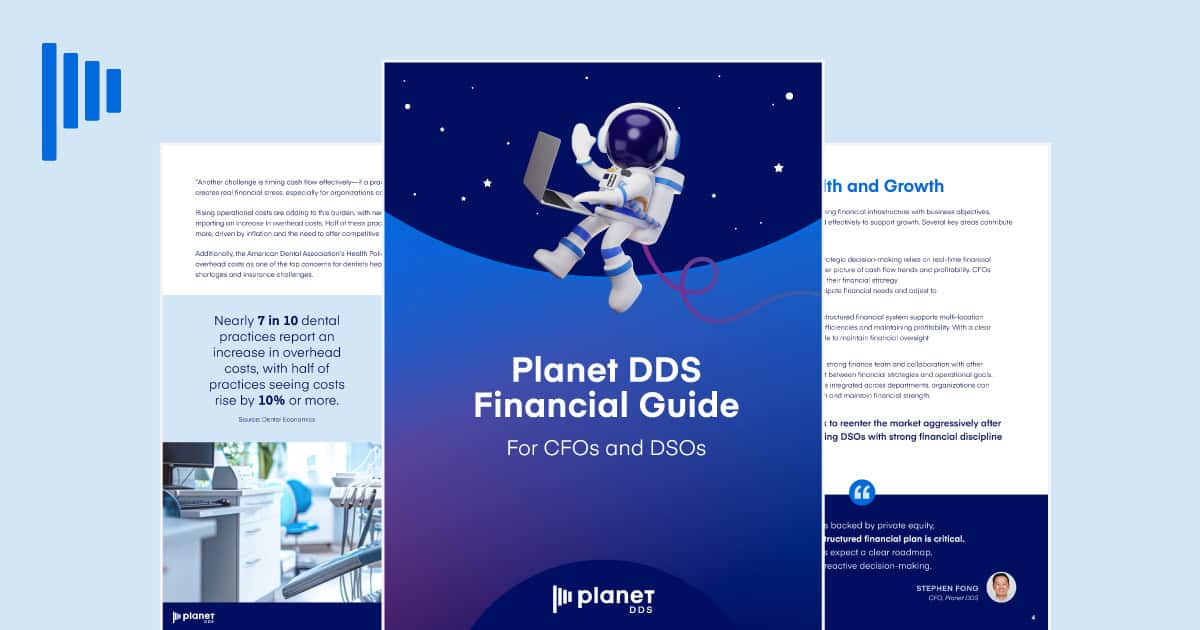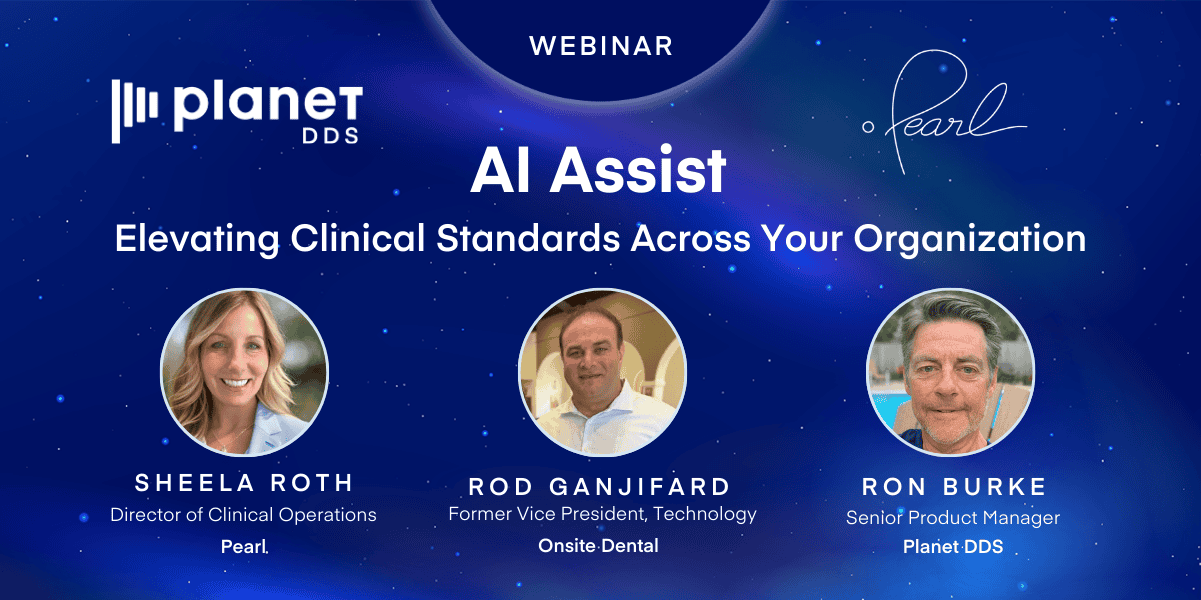Leading Edge Technology with Apteryx XVWeb: Artificial Intelligence and Dental Imaging

We invite artificial intelligence into our homes with Amazon’s Alexa, Roomba, and Netflix. We carry AI technology in our pockets, too. Our phones unlock using facial recognition technology and use AI to autocorrect our typing. To shorten our commute, we rely on crowdsourced data from Google Maps or Waze. Companies like Tesla and Amazon already have fleets of semi-autonomous cars and drones. In so many aspects of our lives, we rely on artificial intelligence to analyze massive amounts of data to help us make decisions and save time.
As is the case in many other industries, AI applications are also taking a foothold in dentistry. One area of great potential is radiographic analysis (i.e., X-rays).
What is Artificial Intelligence and Machine Learning?
In layperson’s terms, AI is intelligence demonstrated by machines to make decisions, solve problems, and complete tasks. To accomplish these, machines need information or data so it can “learn.” By learning from past data, machines can make logical deductions to make decisions or complete tasks. This article will look at how this applies in dentistry. It will also introduce some of the upcoming AI-powered features in our cloud-based imaging software, XVWeb. The AI-powered features below are not yet available for commercial sale.
FDA on Artificial Intelligence
Just over a year ago, the US Food and Drug Administration (FDA) reclassified radiograph dental caries detection devices from Class III to Class II. Previously under Class III, which is the highest regulatory burden, a new device would need to meet a reasonable assurance of safety and receive a pre-market approval before it could be sold. Under the new classification, the regulatory burden for these devices has been significantly decreased, now only needing to satisfy the FDA substantial equivalence standard. Devices classified as Class II do not require pre-market approval if the FDA finds them to be substantially equivalent to an already legally marketed device.
The implications of this downclassification are far-reaching. This downclassification is believed to be a willingness by the FDA to consider how it regulates image analysis software. With the FDA encouraging medical decision support software development, analysts predict AI will grow by 10-fold in the next five years.
AI in Healthcare and Dentistry
IBM’s Watson can read an astonishing half a million research papers in 15 seconds. Then, armed with that deep learning, Watson can recommend diagnosis and treatment options. In dentistry, AI can analyze a staggering 100s of millions of dental images in a single day. One of the major strengths of AI is its ability to analyze vast data accurately and quickly. Unlike humans, they don’t get tired or bored. They don’t need sleep and don’t need coffee to start their day.
Similar to how cone-beam computed tomography (CBCT) revolutionized the way dental providers visualized oral and maxillofacial images, AI is likely to be the next big accelerator in dental imaging technology.
Three AI-Powered Features in XVWeb
Caries Decision Support Tool
As leaders in dental imaging, XVWeb’s first AI application will be the Caries Decision Support Tool, which will be directly integrated into the XVWeb platform. The Caries Decision Support Tool will be able to analyze images in under one second. Then, the tool will highlight suspicious areas on the image with orange boxes to draw the provider’s attention to potential problem areas.
The average dentist interprets between 10-15 bitewings a day, which amounts to more than 300 surfaces being examined. Many factors can influence a dentist’s diagnosis including image quality, lighting conditions in the room, computer screen configurations, training, cognitive errors, etc.
Because of these many factors, “[O]verlooking caries is not uncommon, and we can utilize AI to highlight potential problem areas on radiographs to reduce the number of missed caries,” said Williams.
He continued, “We can increase consistency among practitioners, and we feel that AI can improve diagnostic accuracy while reducing costs by improving early detection. It’s a win-win for patients who can have more confidence in the diagnosis while also reducing liability exposure and improving long-term outcomes for the dental provider.” AI effectively provides a patients with a “second opinion” and also can improve case acceptance with insurance companies.
Quality Assurance Service
Another use case for AI technology that will be integrated within XVWeb is the Quality Assurance Service. Since issues with a specific device or operatory can negatively impact your bottom line, this AI-powered feature will help practices detect and resolve problems expediently.
Our Quality Assurance Service will leverage AI object detection using data points such as your employee operators, sensors, devices, computers, etc.
“Our AI technology will identify and report errors related to X-ray image acquisition and overall image system health for our clients,” explained Williams. “The AI will be trained to programmatically crawl your organization’s image database and send a clinical report to alert you to an issue at any specific operatory, device, or clinic. Some common issues include underexposures or overexposures or delamination of the digital sensor, which our AI can identify for our clients to investigate.”
Auto-Charting
Also on the horizon for XVWeb, is Auto-Charting. An example of how this feature works is: AI can analyze a panoramic X-ray, segment the teeth into individual images, and number the teeth. If need be, it can identify missing teeth and identify common pathologies and restorations in the image. Finally, AI takes that data and populates it into the practice management solution in the clinical charting screen.
By automatically charting, practices can reduce clerical errors and save time spent on charting. “Since XVWeb is fully integrated with our Denticon practice management solution, this is a very exciting technology that we will offer to our Planet DDS clients,” said Williams.
Conclusion
Over the next few years, AI-based technology in dentistry will become more commonplace in dental imaging and practice management solutions. With it’s cloud-based dental software, XVWeb is poised to lead dental imaging in the area of artificial intelligence technology. Contact us to learn more about XVWeb and what our AI technologies can do for your practice.



